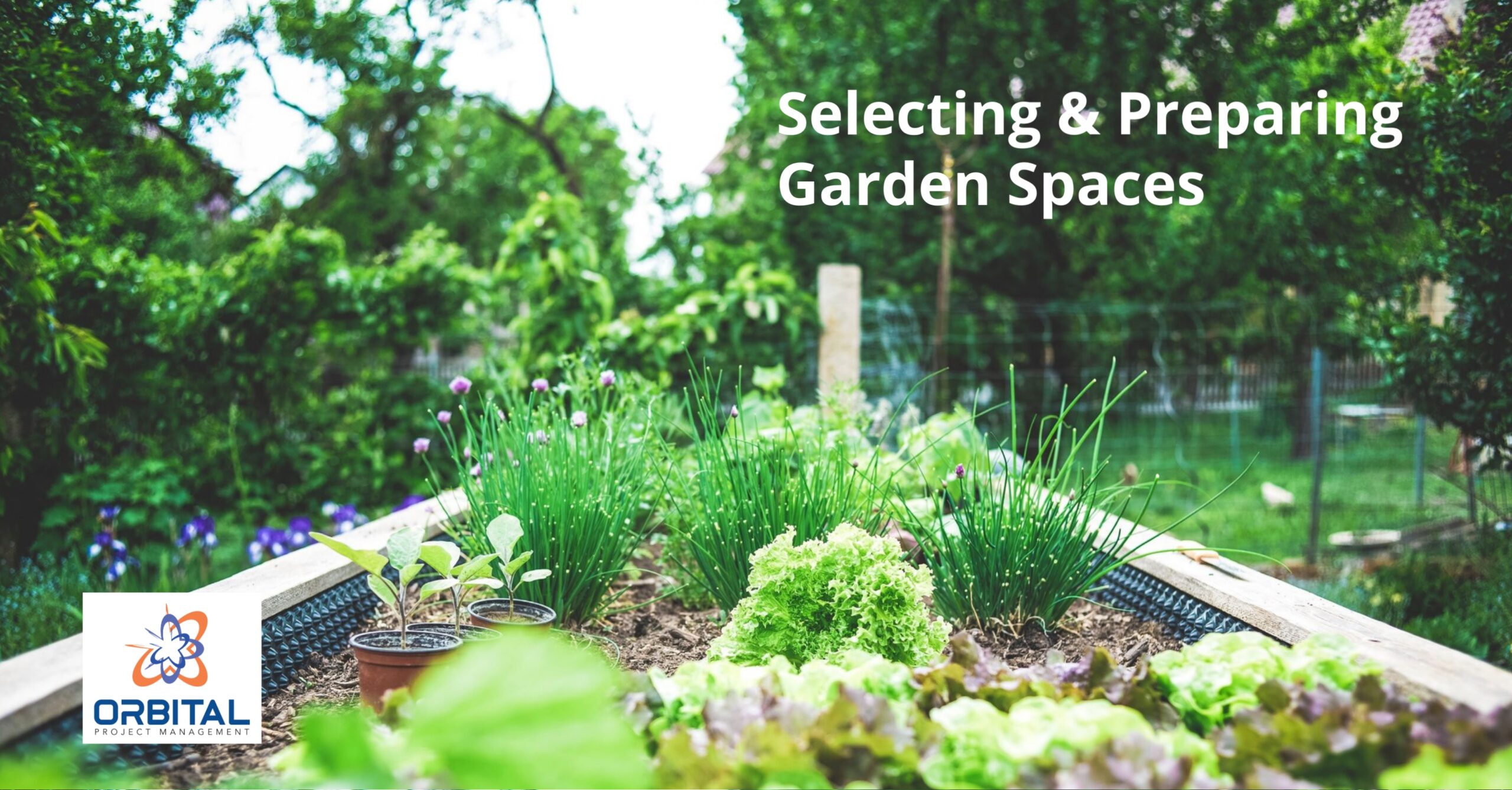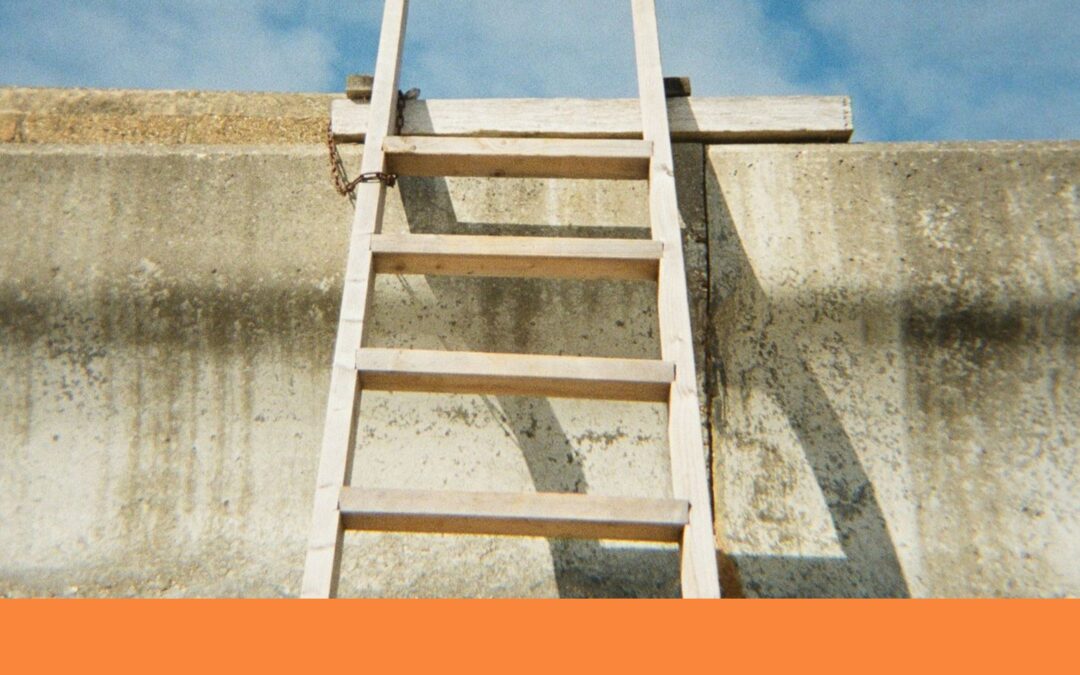Welcome to month three of our backyard garden-along!
It’s time to begin planning where those seedlings are going to be transplanted for the growing season. There are, generally speaking, four options for growing plants in soil:
- Directly in the ground
- Raised beds
- Prepared straw bales
- Containers
Each of these options have associated benefits and costs. If you have a yard with decent soil, then ground planting is the most cost effective. You simply need to remove other plants (and their roots) from the area, turn over the soil to break up any large clumps, and plant away. If your soil has heavy clay or sand content, then you can add purchased garden soil, compost, or other amendments to improve it. Or, you can choose another planting option like raised beds.
Raised Beds
Raised beds provide the benefit of not having to stoop to ground level to plant or tend to the garden. They can be simple wood “walls” arranged into a rectangle and filled with soil. Raised beds allow you to plant in neatly designated areas with better soil than may be found in the actual ground. If you have materials lying around to build the walls as well as a decent supply of mature compost, then your investment will be minimal.
If you’re buying materials to build and fill raised beds, then consider buying garden soil and compost by the yard (a unit of measure) from a landscape supply company and having it delivered for cost savings. Even large bags of garden soil don’t fill much area and can get really expensive for one or more large raised beds. If moles, gophers, or other ground dwelling rodents are a problem in your area, line the ground and up the sides of your raised bed with ¼” hardware cloth, a type of metal mesh that can keep them out. Add soil once hardware cloth is in place. If you don’t mind profanity, ask me about the year that voles ate every single one of my sweet potatoes.
Straw Bale Gardening
Another cost-effective method that offers the same benefit as raised beds is planting in prepared straw bales. Take a look at Straw Bale Gardens by Joel Karsten for step-by-step instructions on preparing straw bales. I allow two full weeks for bale conditioning with water and fertilizer in zone 6 prior to my last frost date. Be sure to purchase straw and not hay bales for this method.
Another major benefit to using the straw bale method is that little to no weeds grow in the bales. The straw may have some seeds that sprout into little grass-like plants, which you can pull or leave. You can keep it simple by having free standing bales, building trellises above them for securing vines or tall plants, or even stacking them into unique configurations.
The straw breaks down into compost over the season as the plants grow, leaving small piles of partially-composted matter at the end of the season. You can add this material to an existing compost pile or spread it to act as mulch. My chickens love to help redistribute the straw while scratching for bugs at the end of the season.
Container Planting
Container planting can be as ornate or simple as you wish. Upcycled plastic food containers or reused nursery pots work as well as expensive glazed pottery. There are even “raised planter” options that basically function like a raised bed on top of a table. All of these options are perfect for people who do not have a yard available for ground-level planting or have difficulty bending over to garden.
Remember the trick from last month’s article for blocking big drainage holes? Use large round coffee filters, spread them out flat inside the container to cover the holes, then add soil on top. The filters will allow water to drain while keeping precious soil in place.
Patios, balconies, and porches are all options for growing food plants in containers…IF they get enough sunlight. A north-facing small balcony that stays in perpetual shadow from adjacent structures may only support plants with low light requirements.
You can add vertical supports to planters to support vining habits of tomatoes, cucumbers, peas, pole beans, melons, and other plants with trailing habits. Long bamboo stakes placed around the inside edges of a large pot and tied together at the top make a tipi-like structure to secure vines. More formal trellises or obelisks may also be used.
For the Love of Pinterest
Check out Pinterest for endless ideas for container gardening. From gutters for strawberries to “upside down” tomato plants in hanging planters, there are numerous ways to utilize any space for food growing. One of my personal favorites are Smart Pots, fabric pots made from thick felt that allow water to drain easily. They can be rinsed, dried, and folded to be stored in small spaces when not in use. You can also attach mesh “nets” to a wall at a few points to create an inexpensive trellis for vines to grow on.
Don’t Wreck the Siding
If your home’s exterior is vinyl, there are vinyl-friendly hooks available on Amazon. They slip between adjacent levels of vinyl so you do not damage the exterior, but provide a place to hang things like mesh nets from. Pay attention to their approved weight limits.
Have Fun!
Don’t let perfection get in the way of trying something new. Gardening is often equal parts success and failure for many reasons. Learn what works for your climate and planting options and try alternatives for the things that don’t go as planned. Get creative and have fun. Enjoy the fruits of your labors (yeah, pun intended).
Coming in April
Which seeds can be direct sown into the garden before the last frost date?
Stay tuned for a list of hardy plants that don’t mind the cold.
Don’t Miss Out!
To ensure you stay up-to-date with each installment of this year’s garden-along program, subscribe to our monthly newsletter, The Nucleus, and have the latest article right there in your inbox.






